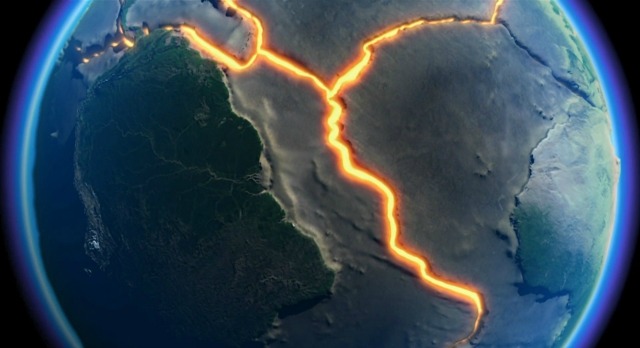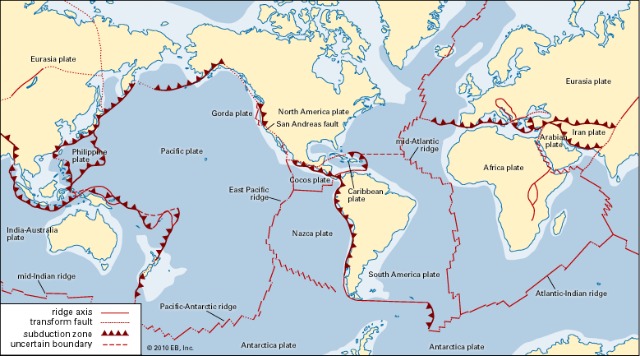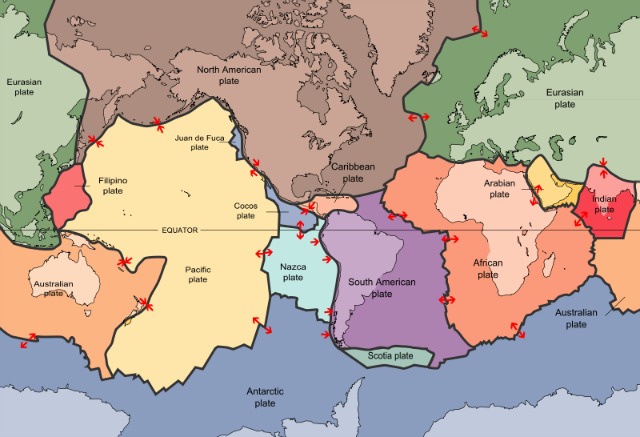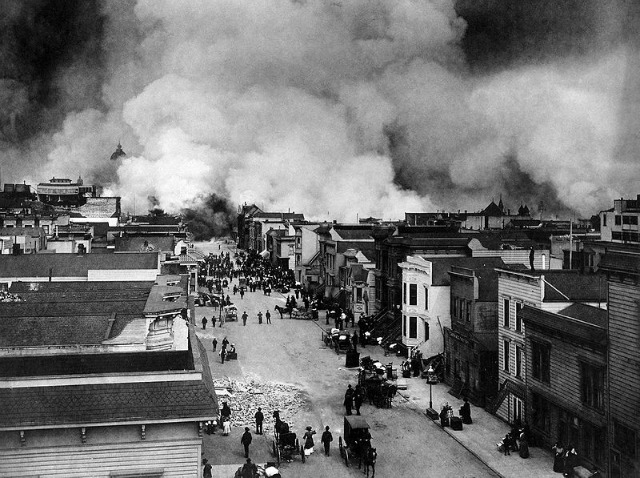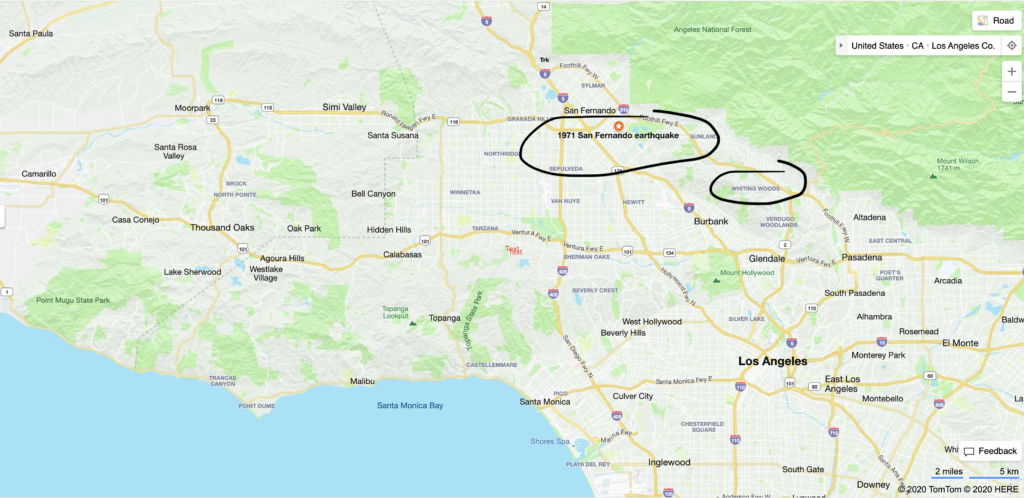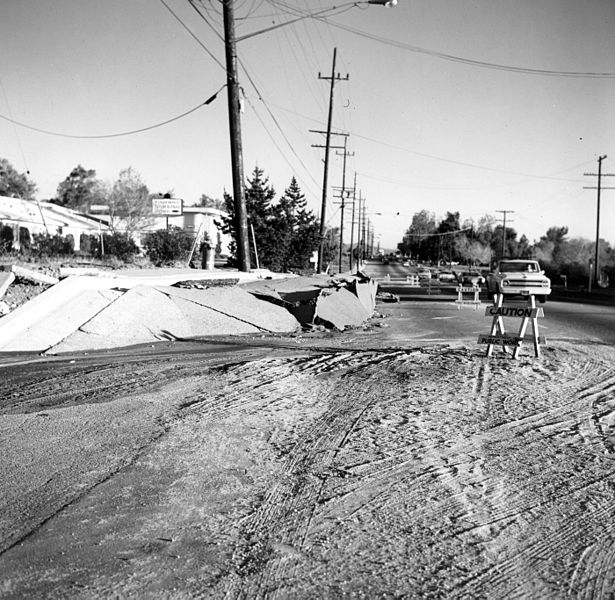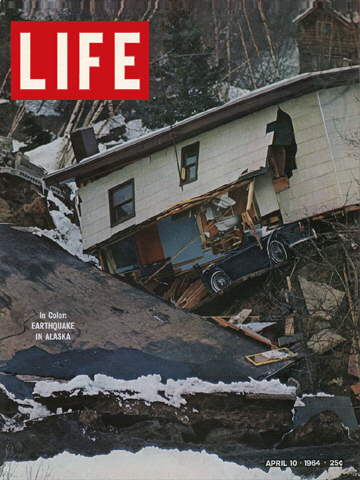I am currently visiting my grandkids, they live on the Pacific Plate. I live on the North American Plate. We are separated by the San Andreas Fault, which is the major earthquake fault in California. These are two tectonic plates — masses of land that float on a sea of molten rock. I realize that living on the Pacific Plate is kind of crazy — most of it is underwater. Only a little bit of it is above sea level — along the coast of California.
I am rather intrigued by geology, earthquakes, how the earth was formed, and how it will change in the last days. Besides it being very expensive to live in southern Cal, it is crowded, and in the event of any disaster — it would be chaotic, and may even slip into the ocean with the rest of it’s under-water tectonic plate. I know I sound a little crazy, like that first Superman movie. Yea, I read Visions of Glory.
San Francisco Earthquake of 1906
But, I have earthquake in my past. My grandma lived through the 1906 San Francisco earthquake. They housed the missionaries in their backyard because the mission home had been damaged. She had her little kids get under the big dining table. Fires broke out everywhere after the major quake.
San Fernando Earthquake of 1971
I experienced several earthquakes as a teenager living in Southern California. Early one morning in February of 1971 — about 6 am — before I had left for school (I was a junior in high school) I was jolted out of bed with a good-sized quake. I ran to my parent’s room and we didn’t really have a plan or know where we should stand to be safe. My dad thought it was safer to be in the car in the garage. I’m not so sure that’s the best place. Later we found out why we had such a shaking — the epicenter was only 12 miles away in the Sand Fernando Valley — in Pacoima.
Alaska Earthquake of 1964
And I remember seeing the National Geographic with illustrations of the 1964 Alaskan earthquake — a 9.2 magnitude — showing a family clinging to a cliff-like ledge where the earth was splitting open. I was petrified at age 10.
So here I sit on the edge of this Pacific plate, and dream of a better place. But the last day scenarios are widespread, and it seems that we are better guided by inspiration and a life of covenant-keeping. Still, as I drove through southern Utah, I looked at possible places to live. Sure, I know about the Wasatch Fault and the liquefaction of the valley floor (that’s where the earth becomes like quicksand during the shaking, and things just sink). I never thought Utah was such an earthquake area. In fact when I lived there for a year, I thought I had finally escaped the earthquake zone. Not so.
Anyway, I am kind of attracted to the red rocks of southern Utah. It sure looks like an area that experienced a lot of movement sometime ago in the earth’s beginnings. Oh yea, I looked up the earthquake fault that goes through that area of the Mississippi River. Not so good there either. They have the New Madrid Fault.

